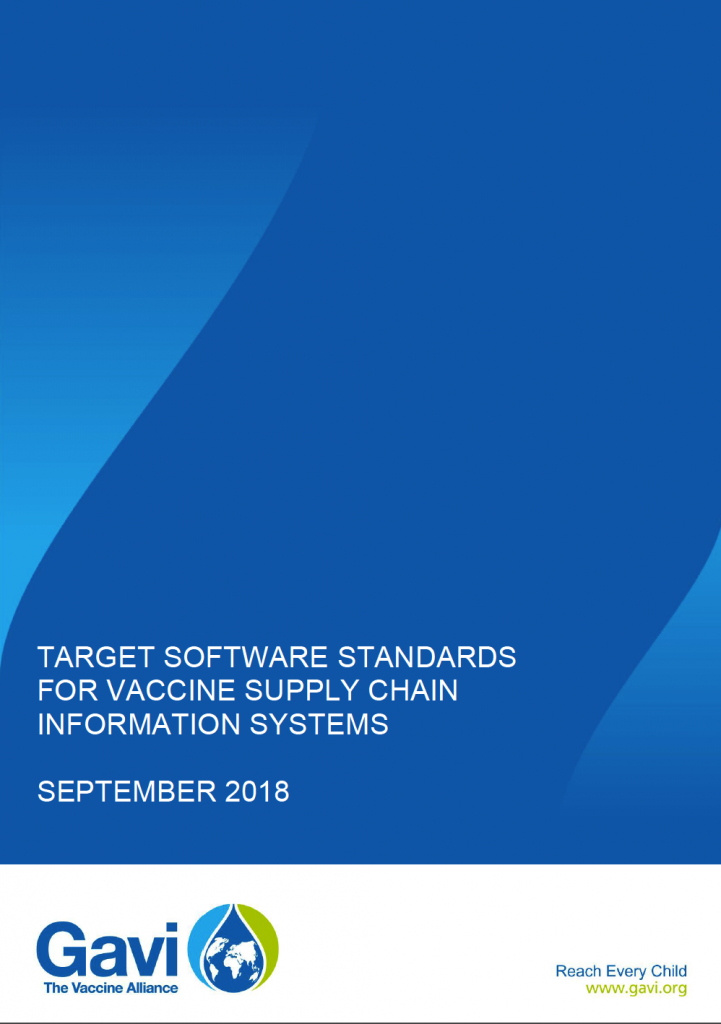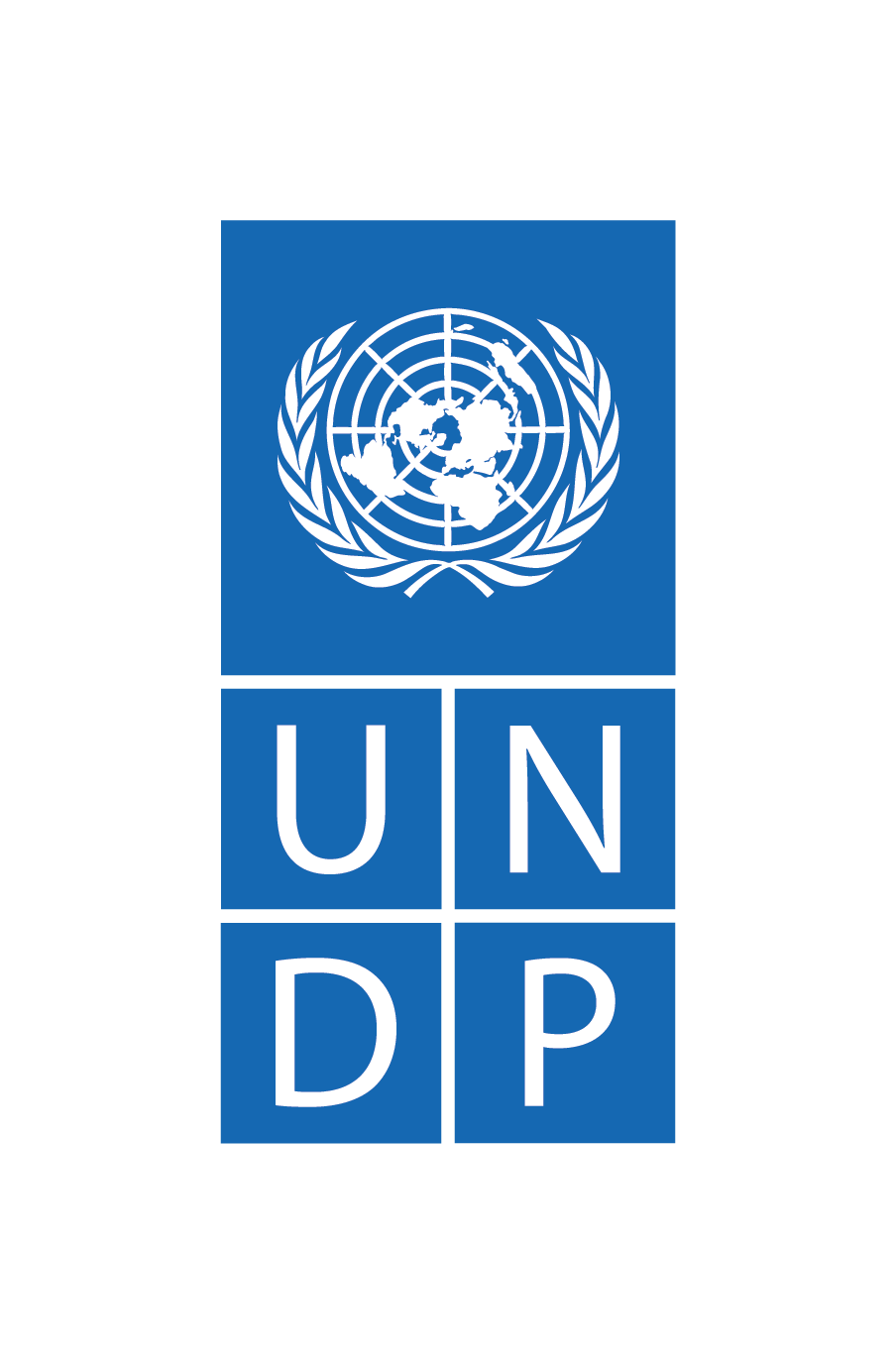Electronic logistic management information systems (eLMIS)
Purpose
A logistics management information system (LMIS) is an organized system for collecting, processing, reporting and using health product data gathered across all levels of the health system. Effective supply chains depend on functional LMIS. LMIS data are essential for quantification processes and for planning distribution along the supply chain, avoiding overstocks and products going out of stock.
LMIS digital tools include:
- dispensing or point-of-service (POS) systems that track consumption at the health facility;
- electronic LMIS (eLMIS) solutions for reporting data, requisitioning or allocating products, managing inventory, visualizing data, and alerting users to performance issues;
- warehouse management systems (WMS) for inventory control at distribution hubs;
- fleet management systems for managing transport vehicles and load planning;
- distribution planning systems for load and route planning;
- enterprise resource planning (ERP) systems that manage many of these core functions, but also include finances, human resources, procurement, sales, and other business functions;
- development and use of national product registries and catalogs.
Source: The Supply Chain Manager’s Handbook, John Snow, Inc., 2017
Introducing or enhancing an eLMIS in a country’s health supply chain is critical to improving the collection, analysis, communication and use of accurate data for effective decision-making. An eLMIS tracks products’ location and movements, the rate of consumption/use, stock levels throughout the system, risks of stock-outs or expiry, temperature excursions for cold chain equipment, asset functionality for cold chain or diagnostic equipment and operational performance at all levels of the supply chain. An eLMIS application can be an important tool for tracking and tracing health products from the national warehouse to the health facility and community levels. The eLMIS must also be interoperable with other national health information systems (HISs) containing vital data streams such as disease caseloads, diagnostic information, population distribution data and health facility data.
UNDP’s approach
Through its work in assessing national supply chains and supporting the development and implementation of strategic supply chain plans, UNDP has been strengthening national logistics management information system (LMIS) to collect, organize and process data on the inventory, distribution and consumption of health products using digital solutions. By piloting eLMIS and supporting the implementation, gathering and exchanging of lessons learned on the use of eLMIS and new technologies, UNDP aims to offer harmonized guidance to countries on the knowledge of, use and feasibility of adopting and implementing different eLMIS tools in specific country contexts and levels of the supply chain.
Currently, UNDP is supporting the implementation of the eVIN (Electronic Vaccine Intelligence Network), an innovative mobile phone-based eLMIS used in all 29,000 vaccines storage centres across all districts of all 36 states and union territories of India for the supply of vaccines in partnership with the government, Gavi, the Vaccine Alliance (Gavi), and a technical partner. This eLMIS allows the collection of data on stocks, expiry dates and batch numbers, and enables the monitoring and recording of temperature data. In Indonesia, UNDP is working with the Ministry of Health on a similar system, called SMILE, for managing vaccine supply.
UNDP has also strengthened warehouse management systems in numerous countries, including in South Sudan, Zambia, Zimbabwe, Guinea-Bissau, Djibouti and the Pacific Islands, through a multi-country project with the Global Fund to Fight AIDS, Tuberculosis and Malaria (Global Fund). The support has entailed the installation of and training on warehouse management systems software.
Jointly with other UN agencies and donors participating in the Interagency Supply Chain Group, UNDP is piloting and implementing new eLMIS to expand data capture at the most peripheral levels of the supply chain. UNDP gathers lessons learned from the use of different eLMIS and new technologies in order to contribute to global eLMIS and supply chain best practices. It coordinates this support to eLMIS solutions with partners including the United Nations Children’s Fund (UNICEF), the Global Fund, and Gavi.
Tools and guidance
There is growing consensus among the global health donor community that investments in supply chain information systems should focus on off-the-shelf software applications that are robust and replicable in multiple countries and contexts. To enhance UNDP country office capacities to support governments in rolling out effective eLMIS to support stock visibility from the central/national storage level all the way to the health facility level, UNDP established a global architecture of long-term agreements with several qualified eLMIS software and service providers in 2021. These long-term agreements can support UNDP country offices and their government counterparts to facilitate decision-making and shorten the lead time for selecting, procuring and implementing pre-selected eLMIS solutions.
UNDP’s current long-term agreements are with the following eLMIS service providers:
- e-LMIS Medexis (i±solutions, info@iplussolutions.org)
- Field Supply (Field Intelligence Inc., hi@field.inc)
- mSupply (The mSupply Foundation, info@msupply.org.nz)
- OpenLMIS (VillageReach, info@villagereach.org).
To engage the services of one of these providers, UNDP country offices should refer to the Standard Operating Procedures for Using UNDP Global Long Term Agreement for Service Provision of eLMIS Software Application. In addition, UNDP has developed Guidance on the Selection of Software Solutions for Electronic Logistics Management Information Systems (eLMIS) for Health Products Management (2021). This guidance note outlines key considerations to guide decisions to invest in and select an appropriate eLMIS solution, and steps for UNDP country offices seeking to support the selection and deployment of national eLMIS solutions.
A case study on UNDP’s comprehensive support to the roll-out of an eLMIS can be found on the “Digitalizing supply chains” page, which describes the approach of the eVIN in India as a solution to strengthen the immunization programme.
Additional guidance from partners is provided below.
Key resources
The basic elements of LMIS are described in the following resources:

Logistics Management Information Systems
John Snow, Inc. The Supply Chain Manager’s Handbook.
PDF

Pharmaceutical Management Information Systems MDS-3
Management Science for Health. Managing Access to Medicines.
PDF

Target Software Standards for Vaccine Supply Chain Information Systems
Gavi, the Vaccine Alliance, Geneva.
PDF

